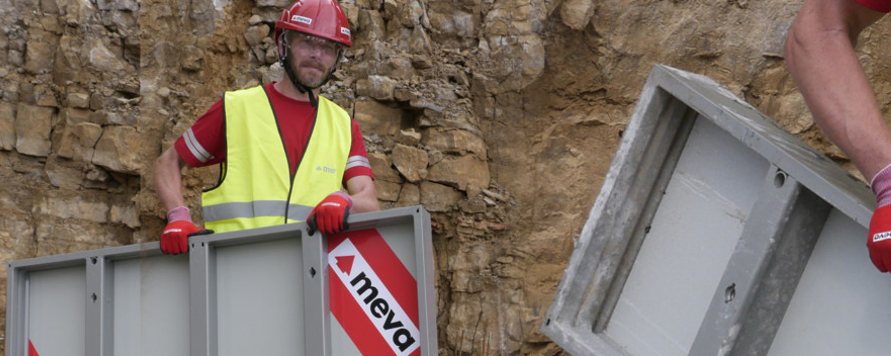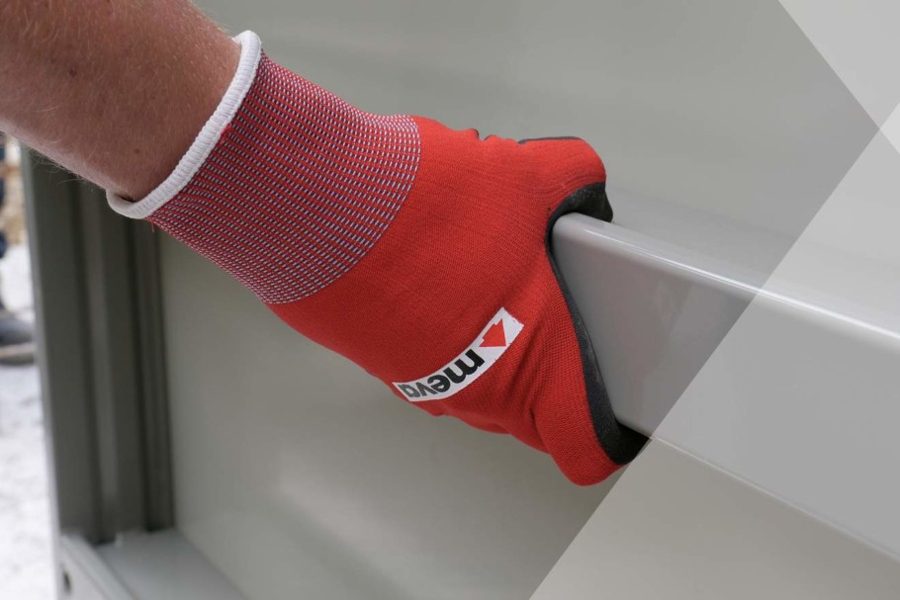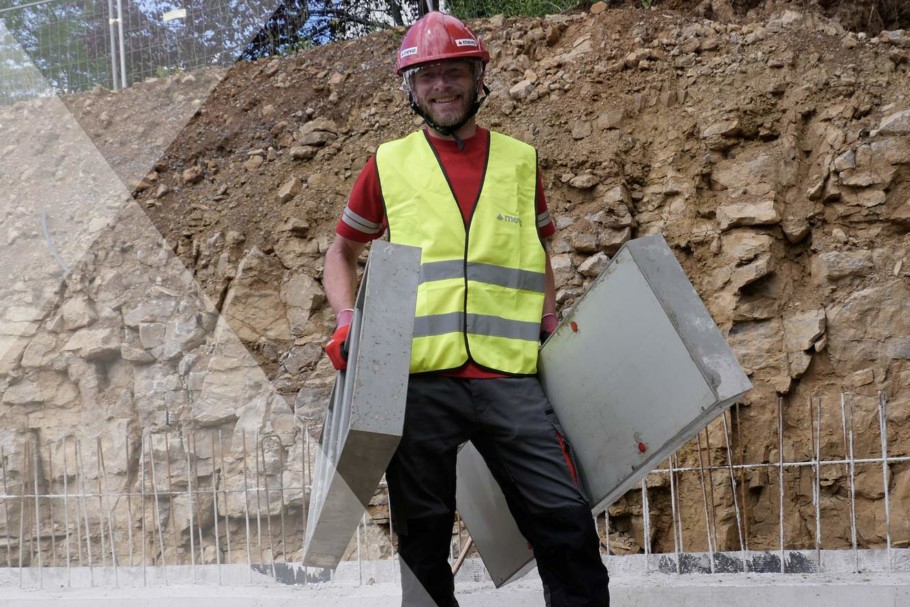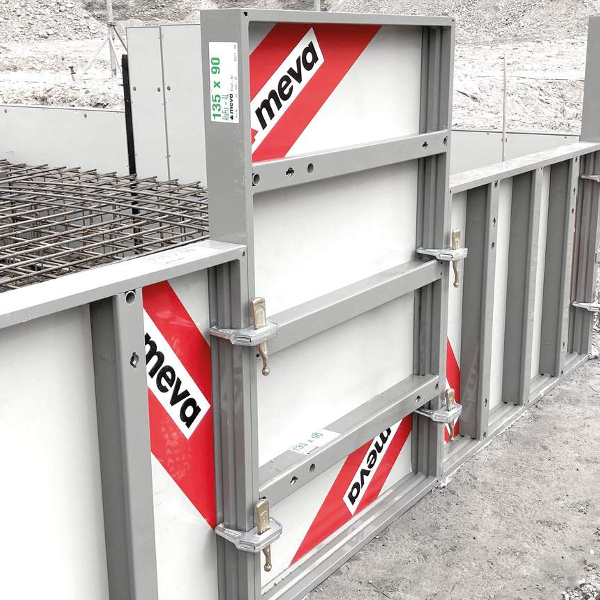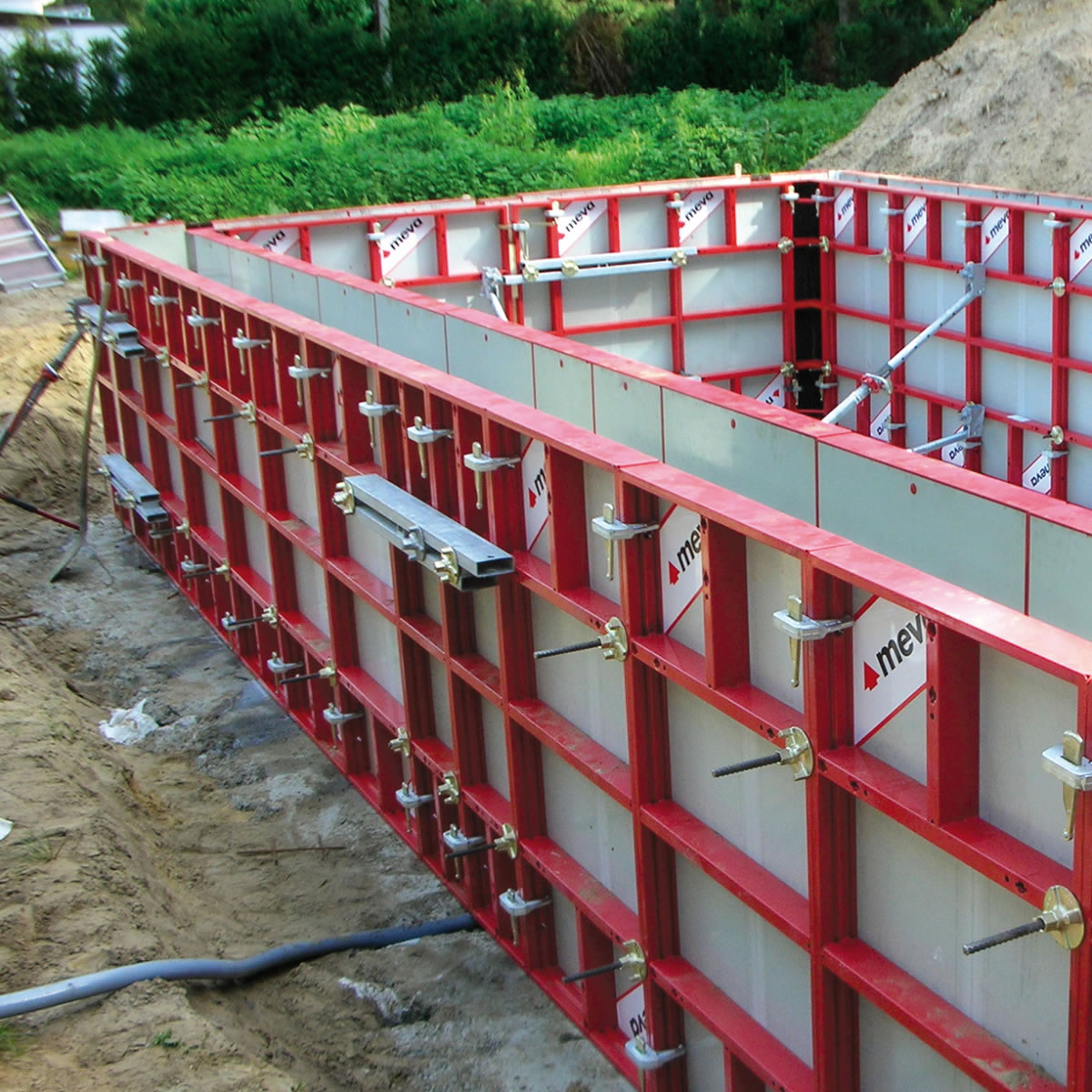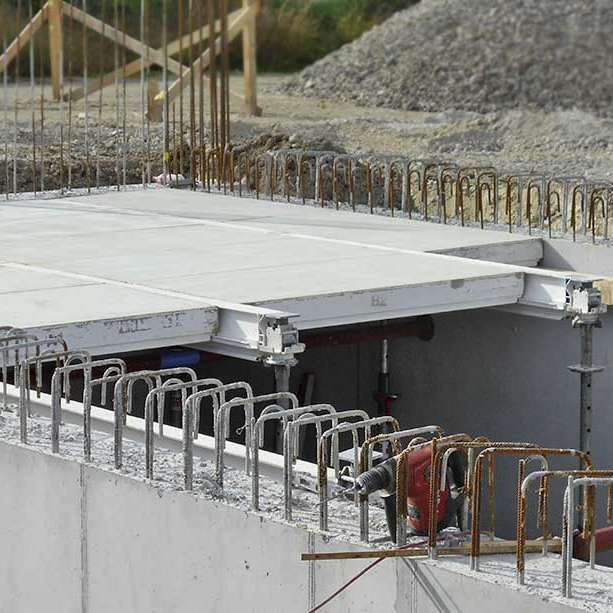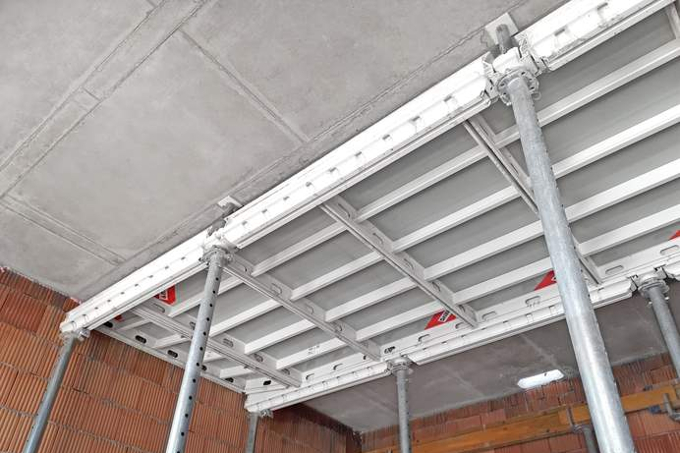Benefits of installing formwork without a crane
Busy construction hotspots can often be identified from the number of cranes that dot the horizon. For many projects – particularly large or high-rise buildings – a crane seems a necessity. However, there are many situations where a crane is impractical or unavailable. Whilst this may impact many different construction activities, installing the concrete formwork is one area that may also be affected – unless an alternative option was available.
Situations Where Cranes are Unavailable
An increasing focus for the construction industry is to regenerate crowded city centres and redevelop existing brownfield sites, particularly in densely populated countries such as the UK. However, getting a large crane onto a site with restricted access can prove difficult at best. In some cases, manoeuvring a crane into a heavily developed area or plot may be impossible.
Access is not the only concern when considering whether a crane is the best solution. In some locations, labour is less expensive and is therefore more attractive than investing in expensive equipment hire such as cranes. In these cases, there are many workers available but traditional formwork solutions may prove to be too heavy for manual installation.
On the other hand, cranes may be available on site, but there may be limited funds for plant hire, installation, and maintenance. Therefore, the cranes have no capacity for activities such as formwork installation. Instead, the crane(s) would be dedicated to installing heavy items such as concrete reinforcement. They may also be reserved for at-height work, like installing façade panels on a high-rise building.
Benefits of Installing Formwork Without a Crane
Irrespective of the reasons why a crane is not available for formwork installation, having the option to use formwork that is easy to handle manually provides another benefit. It makes the formwork installation independent from the availability of the crane, enabling formwork to be installed – and, therefore, in-situ concrete to be poured – in parallel with other construction activities. In situations where timeframes are tight, this can help accelerate the programme without much disruption or additional cost.
The lighter weight also helps achieve higher productivity on site, as workers are less fatigued from moving heavy materials. The simple system is easy to learn and use, and fewer workers are required to install the formwork.
Lightweight Formwork Systems
To assist with situations such as these, MEVA offers a wide range of hand-set formwork. For example, AluFix is a lightweight modular formwork system that uses an aluminium frame as opposed to steel. The hollow aluminium profile is easy to handle thanks to the ergonomic grip profile, while still providing a robust and impact-resistant surface. The alkus® all-plastic facing which is attached to the frame provides a smooth surface for an excellent finish, whilst also ensuring that the panels are as lightweight as possible for extra-safe placement by hand. AluFix is suitable for casting walls, columns, and even slabs, and offers a high degree of flexibility thanks to the wide range of panel heights and widths available. For even more flexibility, the AluStar formwork system provides a wider range of hinged corner panels to achieve the required shape.
Similarly, the MonoDec and MevaDec slab formwork systems are also made with lightweight aluminium. The plastic-faced MevaDec 160/80 cm panel weighs just 16 kg/m², whilst the fully aluminium MonoDec panel weighs 19.56 kg/m² on average, making crane-free installation a viable and safe option. Each system can be used with the three slab-forming methods, including drophead-beam-panel method, primary- and secondary-beam method, and the panel method. The wide range of sizes available ensure that both systems can be flexibly adapted to suit any layout and slab thickness.
The EcoAs hand-set formwork is another option for crane-free installation, instead using a galvanised steel frame for a flexible and cost-effective alternative. Each compact panel is available in widths between 25 to 100 cm, making them easy to handle. The all-plastic facing ensures a smooth finish, and the entire range is compatible with AluFix formwork for a system that can adapt to any requirements.
A Range of Options
Whatever the situation, MEVA have a wide range of lightweight, hand-set formwork systems that can be installed with or without a crane. Whether you are working in a space-restricted area, or simply need to commit crane resources to other activities, there are hand-set formwork systems available to ensure that the concrete pour can proceed independent of crane availability.


